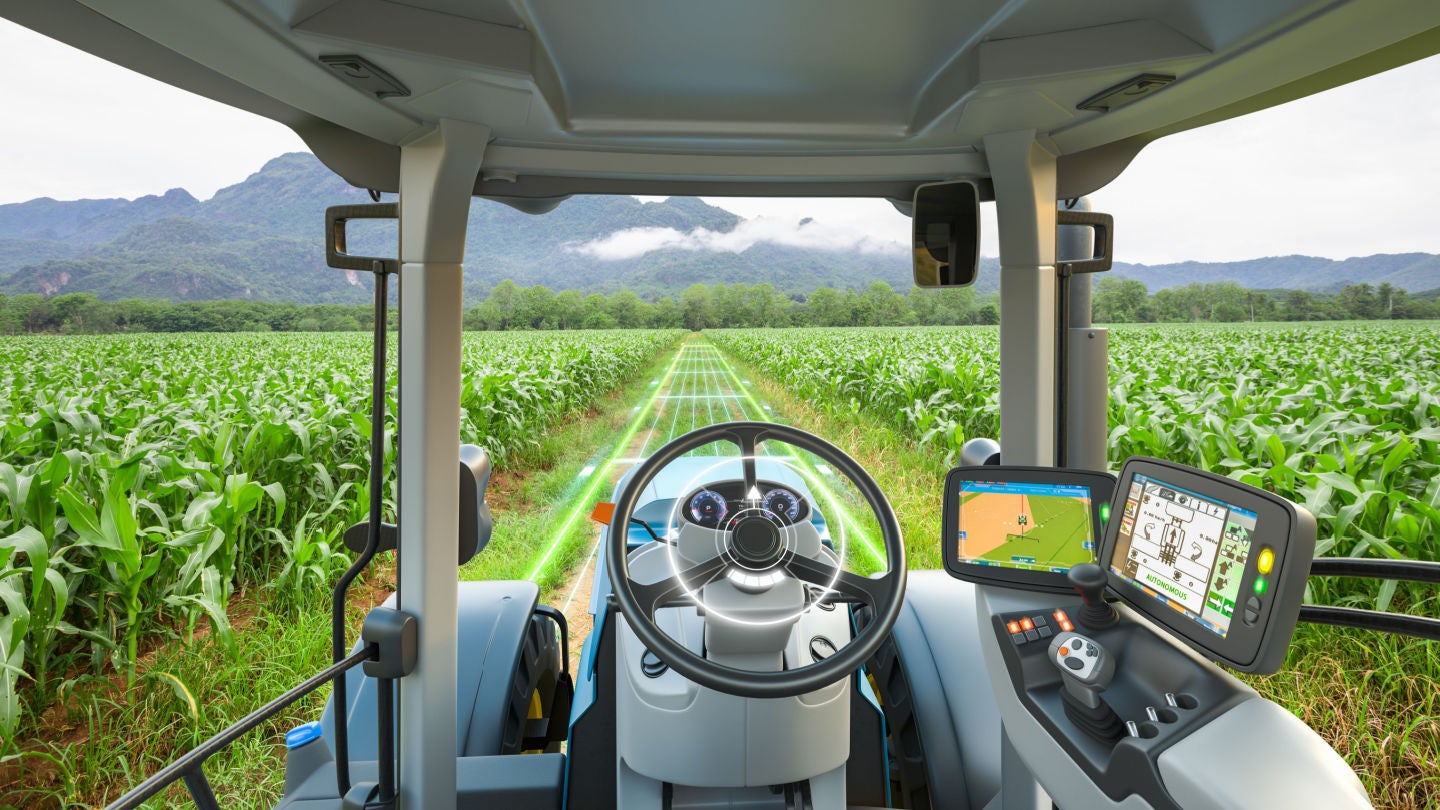The demands on the agriculture sector have never been greater. The sector will need to provide food, fuel, and fiber for a global population set to reach 9.8 billion by 2050. Alongside these difficulties, it must also adapt to the impacts of climate change, such as droughts and desertification, which are reducing overall agricultural output.
Agricultural intensification in the form of excess fertilizer application is helping to boost productivity to keep up with demand, however, the environmental damage caused as a result only further degrades agricultural soils, requiring more fertilizer for the same output, leaving the sector in a catch-22 situation. Careful and more considerate fertilizer application is needed. This is where the practice of precision agriculture comes in.
What is precision agriculture?
Precision agriculture is a farm management concept in which agrochemicals and water are applied in a prescriptive manner to minimize waste and associated pollution. This is achieved by measuring inter and intra-field variability in crops and collecting soil, weather, and crop data.
Subsequently, this data, once analyzed, can help inform decision-making to boost productivity while reducing the cost of inputs. There is also a reduction in the waste of agrochemicals, and due to their prescriptive application, fertilizer run-off is reduced, minimizing environmental degradation. The concept has been around since the 1980s, however, modern technology is now helping to make this concept a reality.
Cost remains a barrier to agriculture
To effectively use this management concept, a vast amount of agricultural data needs to be collected and analyzed. The advent of certain technologies has supported the growth of precision agriculture, such as GPS. Nevertheless, it was initially expensive to collect the vast amount of data, and with the granularity required for precision agriculture, meaning it remained in research agencies and academia.
However, with an explosion in technological innovation, these circumstances have started to change. Yet, a key barrier remains. The majority of farms are still smallerholders and are unable to afford both these technologies and the computing power to support them.

US Tariffs are shifting - will you react or anticipate?
Don’t let policy changes catch you off guard. Stay proactive with real-time data and expert analysis.
By GlobalDataFarms of the future
The agricultural sector has been slow to adopt technology, however, cloud computing is crucial in helping to spur its technological revolution. For example, the data required for precision agriculture can be easily stored and aggregated in the cloud, rather than on local servers. In the field, this data can be collected by cloud-connected wireless sensors and analyzed in the cloud, providing real-time information and decision-making support for farmers to understand crop conditions.
The implementation of IoT sensor technology and monitoring tools is also being supported by the cloud. Cloud offers high storage capacity and can store a vast amount of agricultural data from a wide range of sources. For example, satellite imagery, climatic and crop data, or market data can be aggregated and computed quickly.
Widespread implementation is required
For the environmental benefits of precision agriculture to be fully realized, the wider industry needs to adopt precision agricultural techniques, not just the big players who can afford the technology. Cloud computing could help to support the sector’s wide-scale adoption of precision agricultural techniques.
The lower costs associated with cloud infrastructure and its scalability are attractive features of cloud computing. Farmers will be able to access the pool of agricultural data quickly without needing to invest in expensive hardware. This could help bridge the divide between large agricultural enterprises and small or medium-sized farms in terms of technological adoption.
A wider range of technologies is now being marketed for all types of farmers. If implemented across the entire industry, widespread technology adoption, supported by cloud computing, will likely see the more widespread adoption of precision agriculture solutions. Therefore, more farmers will be able to make informed, but holistic decisions on farm management, reducing the need for excessive fertilizer use.









